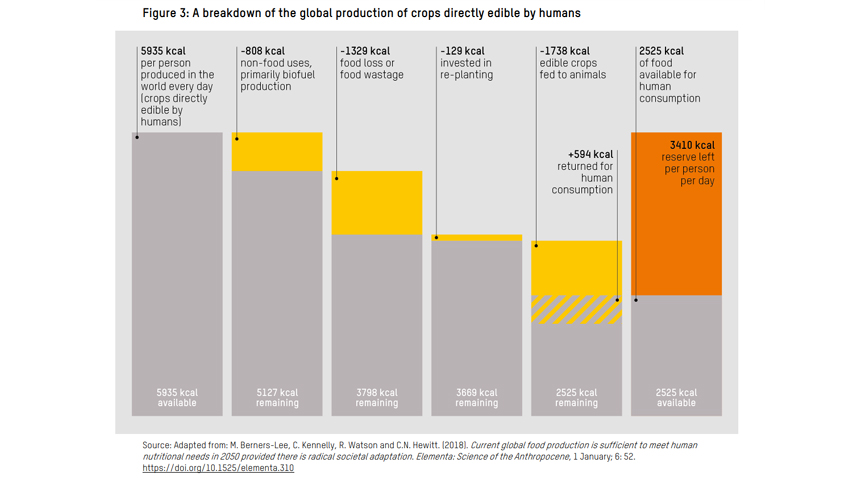AN Oxfam report, Fixing Our Food: Debunking 10 myths about the global food system and what drives hunger, aims to address common myths arising from political assumptions and the incomplete use of statistics.
One key myth is that we can only meet the nutritional demands of a growing global population if we intensify food production still further. Despite being widely repeated, this is not true.
Oxfam says “The solution to tackling hunger is not to increase production, which is proposed by many supporters of industrial agriculture, no matter the environmental costs. It is to ensure more equal distribution and to address demand-side factors which increase food prices and drive farmland use for purposes other than food production, such as unsustainable biofuel production.”
The Oxfam report writers say “Amidst the latest round of skyrocketing food prices, many governments are encouraging efforts to increase production – whatever the long-term environmental costs. Instead of ramping up agricultural production there is a need to address demand-side factors.”
The report highlights the way in which proponents of market-based efficiency offer simple solutions that risk reversing political initiatives aiming to reduce the environmental and climate impact of agriculture.
The report says “Relaxing environmental protection is absurd. Any further delay in concerted global action will miss a brief and rapidly closing window to secure a liveable future.”
Instead of further intensifying production we need to understand the impact of other land use demands on food systems: “half of croplands globally are now used to produce biofuels, animal feed and other products, such as textiles, rather than feeding people. Many of these crops are monoculture, which destroys biodiversity and pulls nutrients from the soil.”
An average of 5,935 kilocalories (kcal) per person of crops is directly edible by humans – and yet 808 kcal go to non-food use (mainly biofuels – 1,738 kcal are used for animal feed – 1,329 kcal are lost or wasted – while 129 kcal are invested for re-planting. (See image below.)
Only 594 kcal out of the 1,738 kcal fed to animals are returned to human consumption, for example as dairy or meat – but, the remaining 2,525 kcal would be enough to meet the average dietary energy requirement for a healthy life if they were equally distributed around the world.
The report writers say that “These figures reveal that a reserve of up to 3,410 kcal per person per day (5,935 kcal minus 2,525 kcal) could be made available if better policies regarding food use were put in place. It has been estimated that the total amount of crops used annually for biofuels is equal to the calorie consumption of 1.9 billion people.
“The changing diet of an increasingly urban population, and higher meat consumption, is driving up demand for animal feed. It has been estimated that livestock farming currently accounts for 77% of global farmland, despite only producing 18% of the world’s calories and 37% of total protein. In the UK, on
average, people eat almost double the protein they actually need.”
The writers conclude that “An 8% reduction in the use of cereals for animal feed in the EU would save enough wheat to make up for the expected deficit in Ukraine as a result of the war.”

